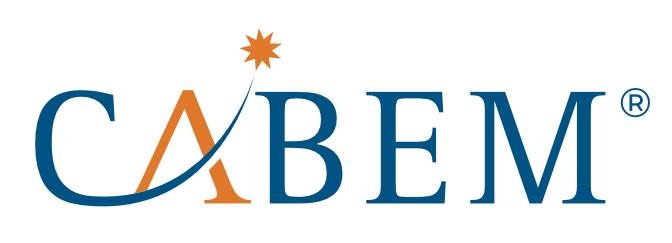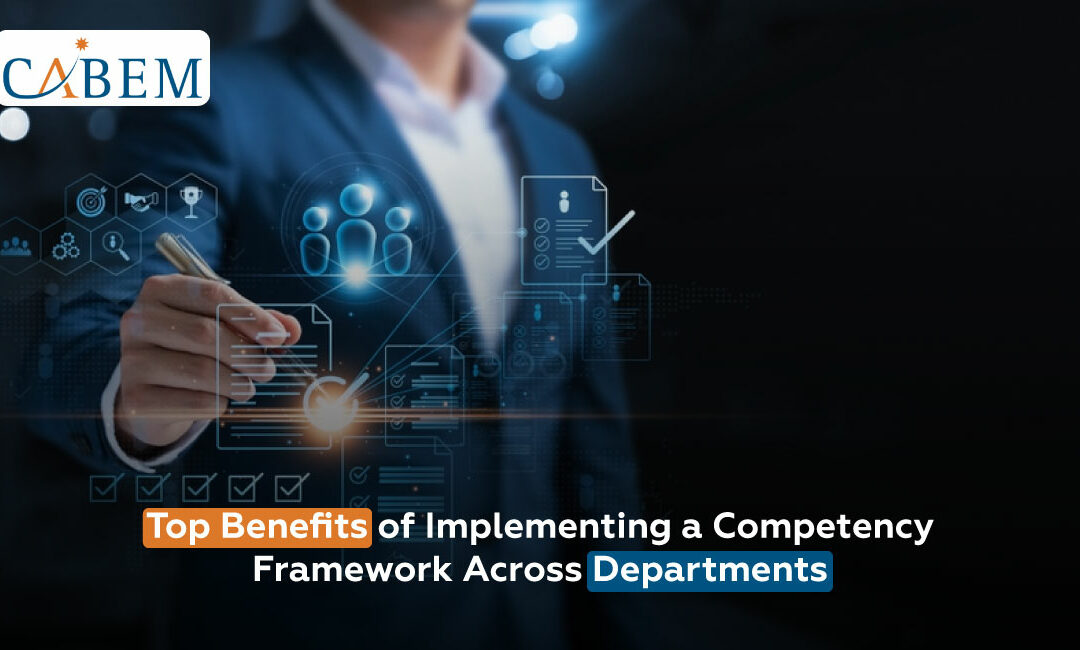The evolving landscape of modern markets and the increasing pressure from regulatory bodies demand that organizations must have a competency framework that guides them through the process of compliance. The competency framework is a strategic tool that helps organizations build highly competent teams that meet the competency requirements and can excel in their defined job role. This framework just doesn’t provide video courses, but also uses experiential learning, an approval system, and peer review that increases the engagement of teams across the departments and validates their performance.
The implementation of a competency framework across the departments of an organization standardizes the training and develops a culture of compliance management, and efficiency. The competency framework also makes performance standards much clearer and consistent, which helps in identifying the skill gaps and closing them by providing the necessary training. The strategy of aligning departmental goals with compliance standards also improves talent management and makes the organization future-proof. Whether your organization belongs to healthcare, manufacturing, finance, or you work with the government, the competency framework is more essential than before. In this blog, we will explore how the competency framework across departments benefits the organization.
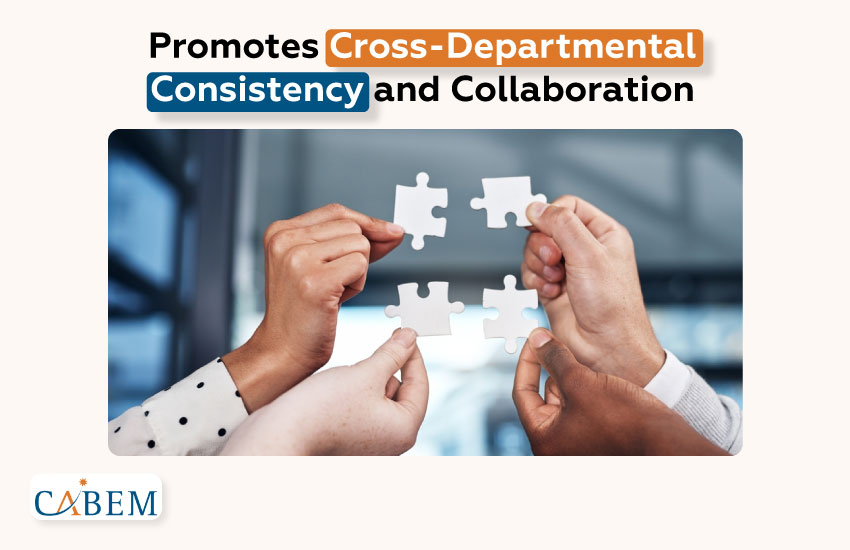
Promotes Cross-Departmental Consistency and Collaboration
The implementation of a cross-departmental competency framework is a strategic approach that standardizes workforce development across various departments. In this way, every department of the organization has its unified development plan that includes the structure for assessing and developing the necessary skills. Using this approach helps organizations get rid of outdated benchmarks, and it also provides them with a clear structure for defining, measuring, and validating the competencies of the workforce. This clear and consistent competency framework reduces the confusion and ensures that all the teams within the organization meet regulatory and operational standards.
The shared competency model, along with creating consistency, makes the inter-departmental collaboration more efficient, meaningful, and intentional. All the teams know what the other team needs from them and how each team contributes to the success of operational goals. The improvements in collaboration also increase the efficiency of cross-functional projects. For example, the research and development team and the compliance department can coordinate more effectively when they both know the requirements of competency related to quality control and or risk mitigation. This thing, along with accelerating the project outcomes, also reduces the duplication of work and encourages knowledge sharing.
Additionally, a competency-based framework creates the opportunity for the leadership of the organization to identify the potential employees who can be cross-trained for interdisciplinary growth and innovation. To do this, a competency framework provides them with real insights to make an informed decision rather than relying on their assumptions. With real-time data, the leadership can allocate vital resources strategically to make teams more capable of handling challenges without causing any delay due to incompetence. The consistency and collaboration between the teams not only boost their productivity but also make them flexible to adapt changes in priorities and needs of the projects.

Enhances Employee Development and Upskilling
A well-structured competency framework creates a clear roadmap for the professional growth of employees that aligns with the business goals of the organization. This framework makes sure that the teams are growing their competency and are always equipped with skills to combat any upcoming challenges.
Personalized Learning Paths
The main advantage of the competency framework is that it identifies what to improve in employee development. In this way, it allows employees and organizations to customize their training according to their needs rather than consuming one-size-fits-all modules. This personalization saves the wastage of time and effort of the people by providing only the necessary training to close their skill gap and make them competent in their role. Employees also feel comfortable when they have clear direction and they know what area of their skills they must improve.
Continuous Skill Enhancement
The evolving environment of tech and businesses makes it essential to learn and adapt to the ongoing innovations and improvements. A competency framework encourages continuous learning and improvement by making upskilling part of everyday work. This framework utilizes all methods of learning, like hands-on experience and certifications, and makes sure that employees are aware of evolving industry trends and emerging trends. This model ensures accountability and alignment of development efforts with the goals of the organization.
Leadership and Succession Planning
When the competency level of each employee is known, the leadership can nurture future leaders easily. An organization can identify potential employees early and provide them with all necessary development opportunities so that they can become good leaders in the future. This approach helps organizations to avoid leadership crises due to a lack of skills and talent gaps. This also signals employees that there are opportunities for growth within the organization, increasing the retention rate.

Strengthens Compliance and Audit Readiness
The non-compliance in highly regulated industries due to an incompetent team can lead to huge penalties from regulatory bodies. The competency framework can save organizations from this financial and reputational damage by standardizing the process of compliance through proper documentation, training, and verifiable proof of employee qualification for the role. Here are some key reasons why competency framework strengthens compliance.
- Centralized Documentation: A well-structured competency framework offers a centralized system for storing all the records which can be access from anywhere when needed.
- Automated Audit Trails: Every action is performed according to the regulatory requirements that provide audit-ready trails and reduce efforts.
- Version Control for Policies and Training: It version-controlling feature ensures that employees get the latest policies and procedures when they need it.
- Instant Reporting Capabilities: Avoid digging through files for reports by generating real-time reports for auditors and stakeholders.
- Minimized Human Error: Automated work minimizes the risk of missed renewals, incomplete documentation, and outdated certifications.
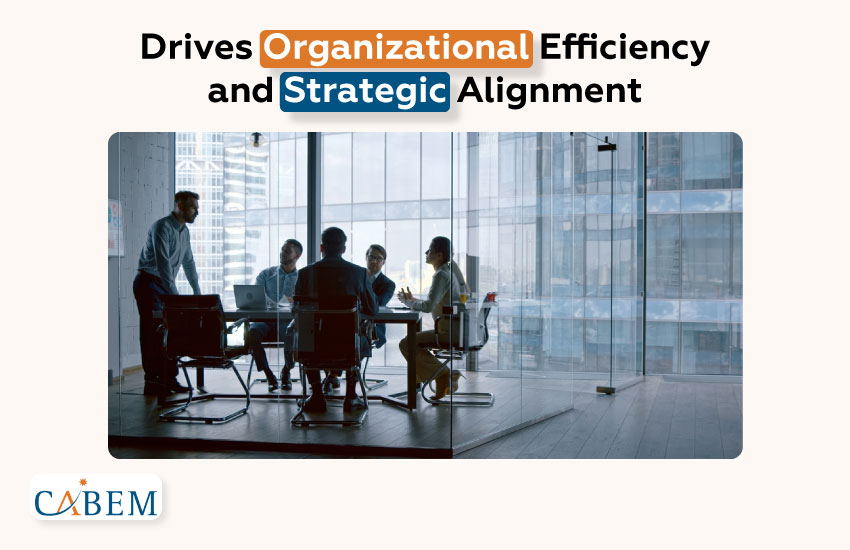
Drives Organizational Efficiency and Strategic Alignment
Implementing the competency framework across the departments helps in aligning the skills of employees with the business goals of the organization by streamlining the operations. The organizations also eliminate confusion and enhance the accountability of teams by clearly defining the responsibilities and expectations. The clarity among responsibilities speeds up the task execution and ensures that every department of the organization is working towards the common objectives with greater focus and efficiency.
The competency framework, in addition to aligning the competency of employees with organizational goals, also helps the leadership focus on more strategic priorities. It provides access to real-time insights so that the leadership of the organization can identify the high-performing areas and the potential gaps that must be closed to avoid any future problems. Based on data, organizations can do smarter forecasting, quicker adaptation to the latest industrial trends, and strategic execution of planning. This not only helps organizations to perform better operationally but also strengthens their market position.
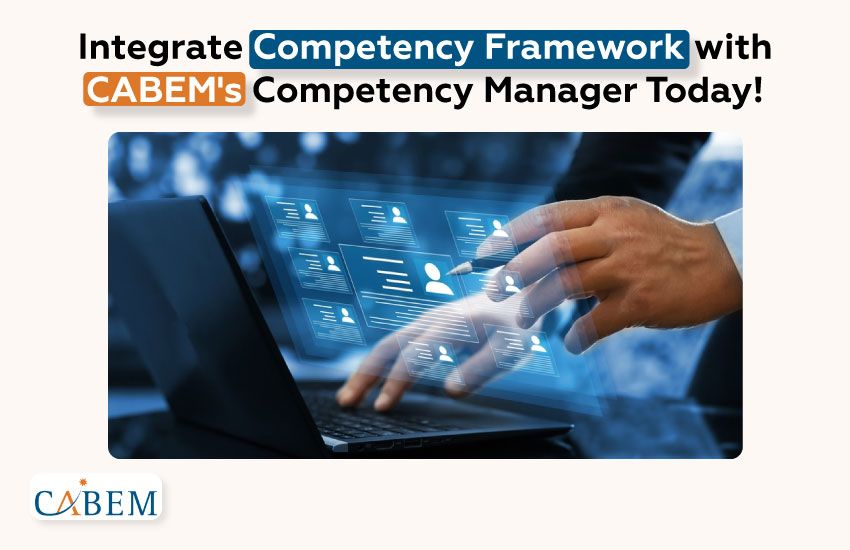
Integrate Competency Framework with CABEM’s Competency Manager Today!
Organizations that want to effectively manage the competency across departments, CABEM’s Competency Manager stands out as an ideal solution. This unique workforce development tool provides a centralized recording system with real-time access to the competencies of teams across departments. The system of this tool is especially designed to meet the evolving requirements of modern enterprises. This competency manager, unlike traditional training providers that only train and track progress, also helps in gaining hands-on experience and validations related to performance.
The key features that make this competency manager unique are document tracking, audit-ready reporting, and certification automation that reduces the burden on administrative teams so that they can utilize their time in more strategic tasks. Whether your organization wants to meet regulatory compliance, develop talent, or gain operational excellence, this platform ensures that your team is aligned with your organizational goals. Contact us if you want to know further about how this tool can help your organization in developing a competency framework across your organization.
